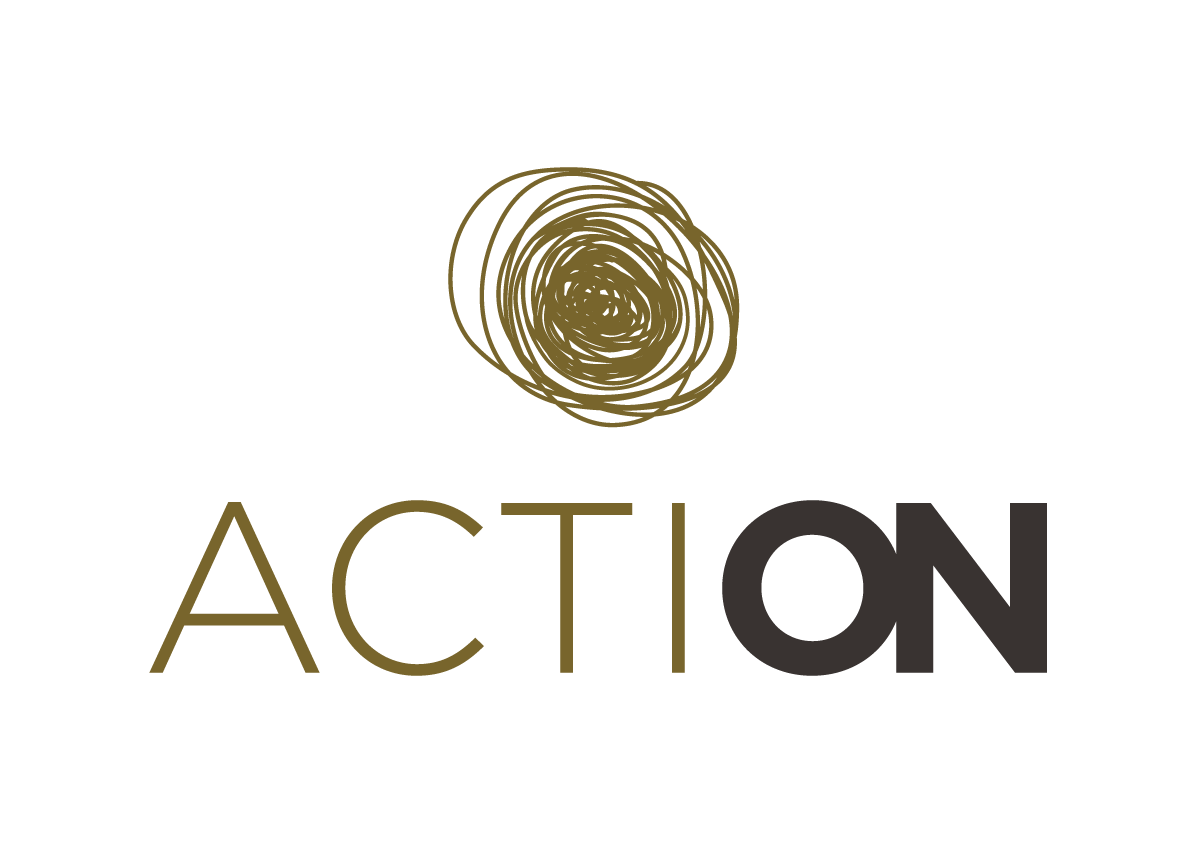Citizen science can be beneficial for policy in many ways. For example, it enables a situation or an issue to be monitored at a relatively low cost compared to traditional ways of data collection directed by national statistical offices and it also directly engages concerned individuals (Fritz et al., 2019; Fraisl et al., 2020). In addition to providing data, by engaging concerned stakeholders, citizen science can help change elements such as behaviours to solve these issues (see Scheepens, 2014 for an example). Therefore, it can make policy more actionable as the individuals who are affected by the issue and are part of the problem, are engaged in the monitoring, and in creating the solution.
In order to make use of these benefits and to make these citizen science projects possible for specific policy issues or needs, policy makers need to take three essential components into consideration: that a clear sense of purpose runs through the project, mutual gains, and that participation is linked to impact. But what does this really mean? We will now expand on each component, to elucidate their meaning.
A clear sense of purpose throughout the project
If policy makers are to use citizen science, the purpose of the project created for a specific policy requirement has to be made clear to the citizen scientist (i.e. in this case members of the public/lay individuals). Most citizen science projects that inform policy are citizen science projects that engage individuals because the project is directly linked to one of their interests or hobbies, such as bird watching. Other projects that have influenced policy are bottom-up citizen science projects. These projects are shaped by a number of people around a shared issue, such as air pollution within a neighborhood. A clear sense of purpose or interest is present for the lay individual/member of the public in these cases.
However, policy needs may not always be aligned to a direct hobby, interest or visible issue of a member of the public/lay individual pertinent to the citizen science project designed for policy. Citizen science projects for policy may engage individuals who do not usually take part in citizen science projects (later referred to as ‘non-usual’ citizen scientists). In these cases the policy purpose and the purpose of their engagement in the citizen science project needs to be made clear to the participants. For example if policy makers want to engage farmers in a citizen science project to monitor farmland birds, policy makers need to communicate to the farmers the need of farmland bird monitoring (e.g. to inform farmland bird biodiversity status) and the contribution of their monitoring to environmental policy formulation and evaluation. Communicating clearly the policy need and purpose of the citizen science project is essential to ensure participation of individuals who would not otherwise engage in citizen science.
A mutual gains approach
In addition to clearly communicating the purpose of the citizen science project for policy, a ‘mutual gains approach’ should be considered during the design of a project. A mutual-gains approach to a citizen science project entails that the needs and interests of both policy makers and citizen scientists are taken into consideration for the development of the citizen science project. In this sense both the interest and needs of the policy makers and citizen scientists are taken into consideration and inform the design and or output of the project. This will more likely engage ‘non-usual’ citizen scientists as the project also responds to a need or interest of theirs. A mutual gains approach recognizes the opportunities for solutions that come about when the needs of each party are addressed (Moomaw et al., 2017).
Action to be linked to participation
Often the contribution of members of the public/lay individuals to a citizen science project for policy is not linked to the input their participation has had on policy. This link may not be so important to members of the public/lay individuals that have engaged in a citizen science project for policy that responds to their direct interest, hobby. However, communicating the impact of citizen scientist contribution on policy is important to members of the public/lay individuals that partook in a citizen science project said to be for policy. Policy makers should brainstorm how impacts of citizen scientist contribution can be showcased prior to the intended policy change as the timespan of a policy change will most probably outlive the participants participation. A participant participating in a citizen science project for policy may be demotivated to participate in the future as they did not see any outcomes.
But how to do this? In the Norwegian masterclass an example was shared: one citizen science project involved pupils to report the amount of plastic packaging used by different supermarkets. Ultimately, a policy change would be a change in packaging practice by supermarkets. But while the policy change occurs, the impact of participation could be showcased for example by creating an app for shoppers to know where there is less plastic use by supermarkets, or by involving the pupils to disseminate the information. This may be politically delicate; however it can serve as a small example of what is meant with ‘small actions’ policy makers could engage with to provide feedback to citizen science participants and demonstrate the importance of their involvement.
Therefore for policy makers interested in using citizen science for policy needs our context scoping gave us key recommendations for the successful use of citizen science for policy: communication about the policy need and the added value of participants contribution, including needs and interest of stakeholders in outcomes of the citizen science project, and communicating impact to participants of their contributions on policy that is time sensitive to their contribution.
The information within this blog post are part of a context scoping phase I was a part of during my internship at DRIFT for the development of policy mastercterclass for the EU-funded ACTION project.
Sources:
Fraisl, D., Campbell, J., See, L., Wehn, U., Wardlaw, J., Gold, M., … & Fritz, S. (2020). Mapping citizen science contributions to the UN sustainable development goals. Sustainability Science, 15(6), 1735-1751.
Fritz, S., See, L., Carlson, T., Haklay, M. M., Oliver, J. L., Fraisl, D., … & West, S. (2019). Citizen science and the United Nations sustainable development goals. Nature Sustainability, 2(10), 922-930.
Scheepens, S. (2014). Exploring the potential participation in citizen science, conservation tourism, and participatory environmental research tourism to lead an environmental change in practices. Master’s thesis, Environmental Policy Group, Wageningen University.
Moomaw, W. R., Bhandary, R. R., Kuhl, L., & Verkooijen, P. (2017). Sustainable development diplomacy: Diagnostics for the negotiation and implementation of sustainable development. Global Policy, 8(1), 73-81.

